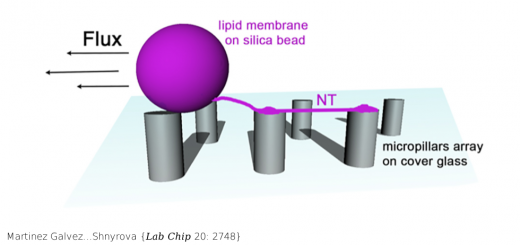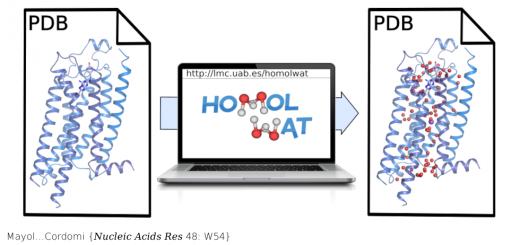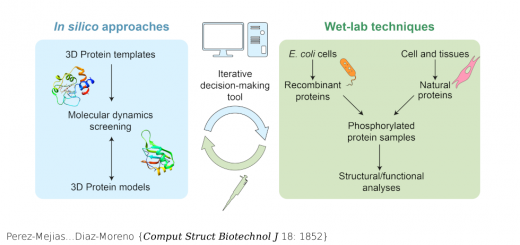Prevalent Sequences in the Human Genome Can Form Mini i-Motif Structures at Physiological pH
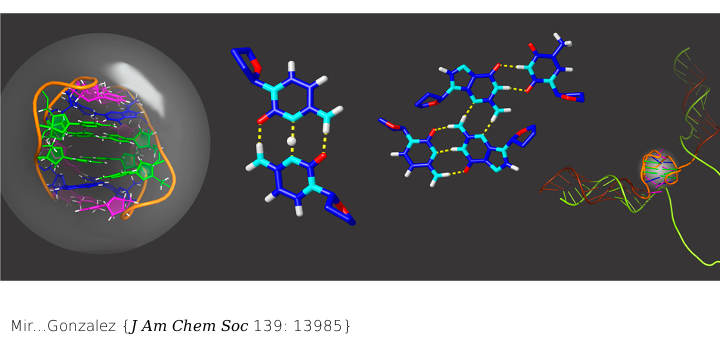
Some repetitive DNA sequences, prevalent in the human genome, can fold into unique globular intercalated structures, which are stable at physiological pH.
Mir B, Serrano I, Buitrago D, Orozco M, Escaja N, Gonzalez C.
J Am Chem Soc 2017 Oct; 139: 13985.
We report here the solution structure of several repetitive DNA sequences containing d(TCGTTCCGT) and related repeats. At physiological pH, these sequences fold into i-motif like quadruplexes in which every two repeats a globular structure is stabilized by two hemiprotonated C:C+ base pairs, flanked by two minor groove tetrads resulting from the association of G:C or G:T base pairs. The interaction between the minor groove tetrads and the nearby C:C+ base pairs affords a strong stabilization, which results in effective pHT values above 7.5. Longer sequences with more than two repeats are able to fold in tandem, forming a rosary bead-like structure. Bioinformatics analysis shows that these sequences are prevalent in the human genome, and are present in development-related genes.
PubMed: 28933543. Doi: 10.1021/jacs.7b07383.
